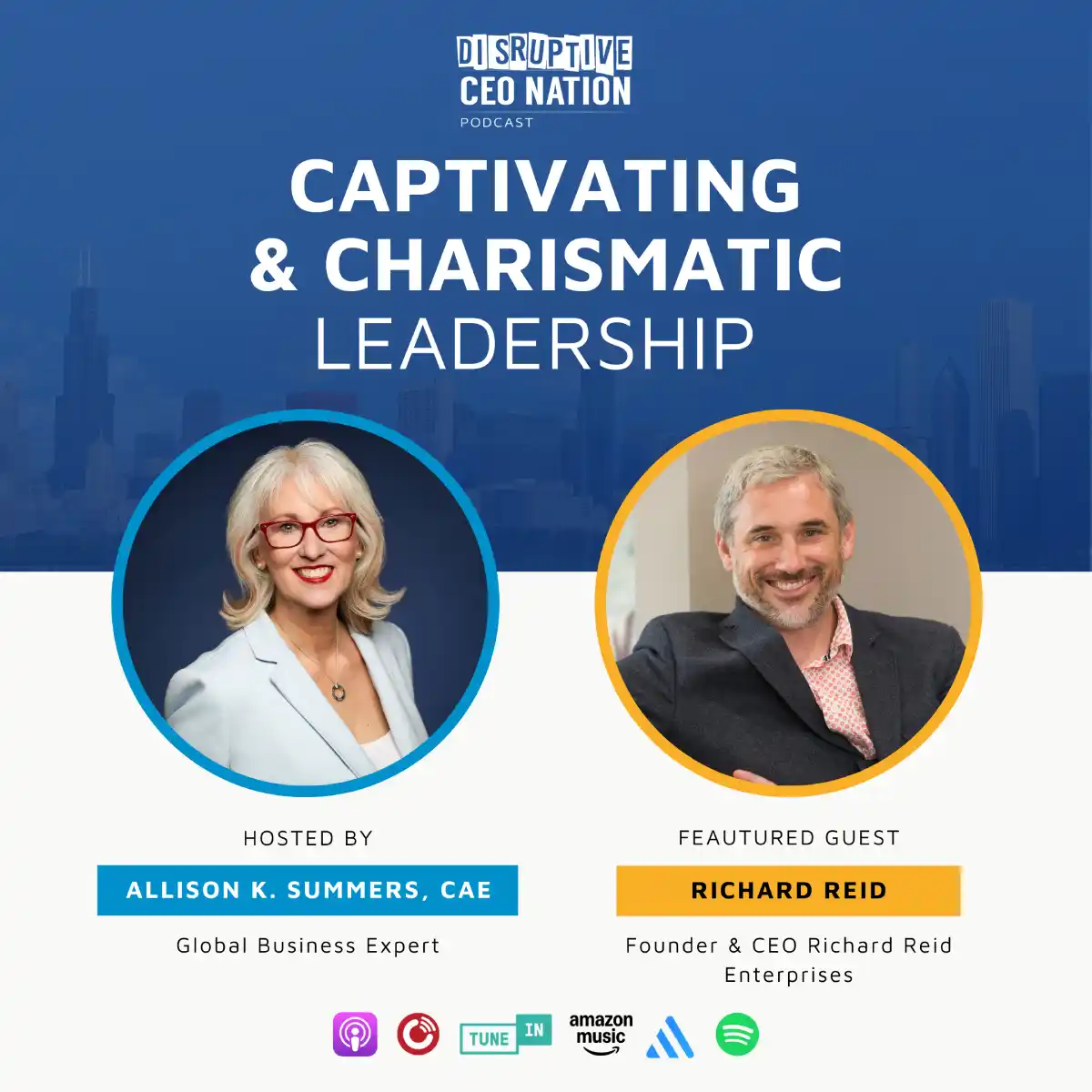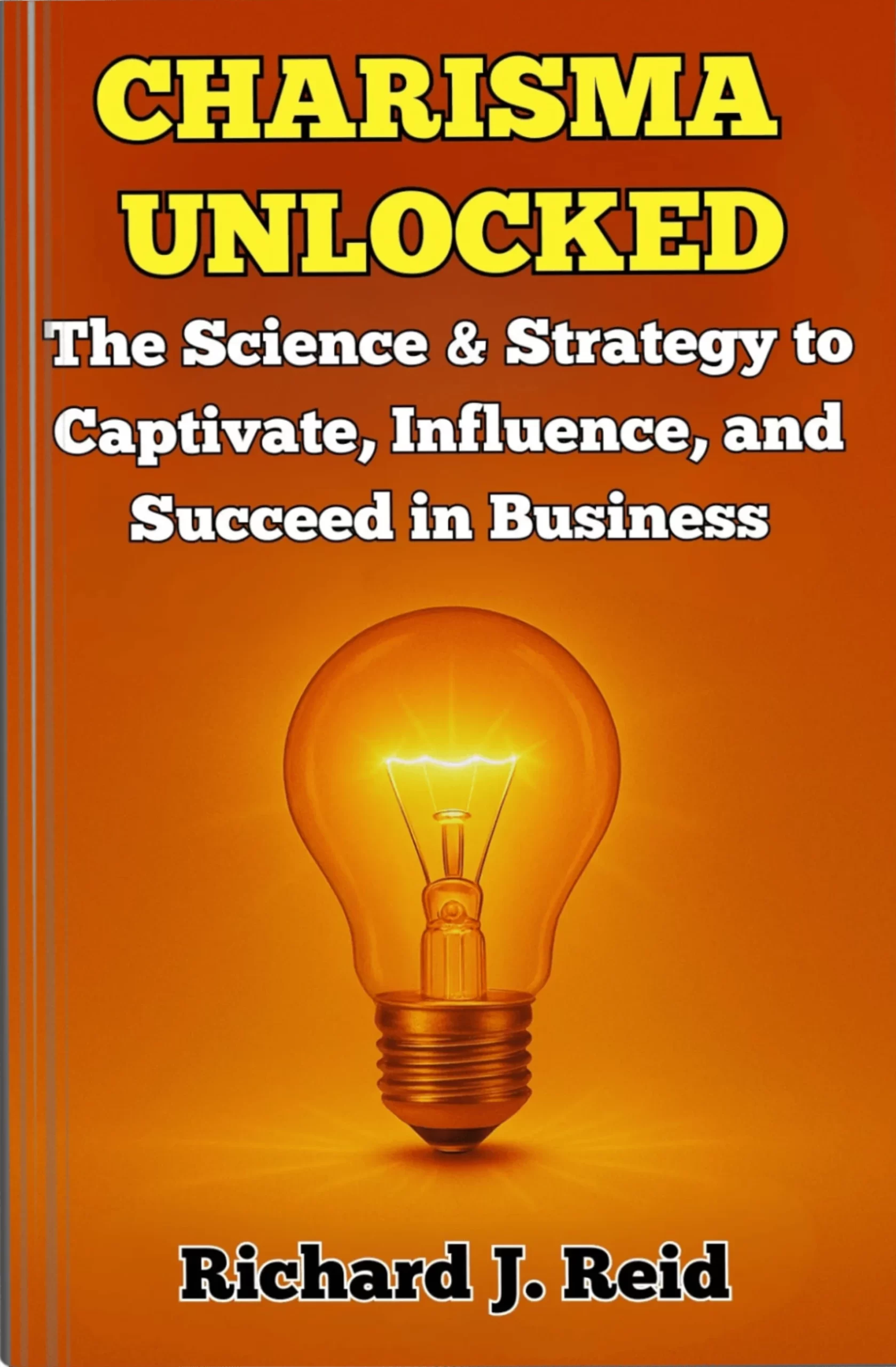Introduction
In today’s competitive business landscape, the strategic advantage of values-based recruitment and talent management (VBRTM) is a powerful tool that cannot be overstated. This approach goes beyond simply filling positions by aligning an organisation’s core values with its talent acquisition and development processes. It focuses on finding individuals who resonate with the organisation’s culture and contribute to its long-term vision. This alignment fosters a stronger sense of belonging, purpose, and shared goals among employees, leading to a more engaged and productive workforce.
Theoretical Foundations
VBRTM draws upon several vital theories:
- Person-Organization Fit (P-O Fit): This theory emphasises the importance of aligning individual and organisational values. A strong P-O fit increases job satisfaction and commitment and reduces turnover (Kristof, 1996). This alignment creates a sense of congruence between the individual’s beliefs and the organisation’s principles, fostering a positive and productive work environment.
- Attraction-Selection-Attrition (ASA) Framework: Schneider (1987) proposed that organisations attract, select, and retain individuals who share similar values, leading to a more homogenous organisational culture. This framework highlights the self-perpetuating nature of organisational culture and the importance of values alignment in maintaining it.
- Organizational Culture: VBRTM strengthens organisational culture by ensuring new hires embody the desired values and reinforcing existing norms and behaviours. A solid organisational culture rooted in shared values gives employees a sense of identity, direction, and stability.
Practical Implementation
Implementing VBRTM involves a systematic approach:
- Define Core Values: Clearly articulate the organisation’s core values. These should be concise, meaningful, and reflect the organisation’s identity. Engage employees in this process to ensure buy-in and ownership. Consider using workshops or surveys to gather input and refine the values.
- Integrate Values into Recruitment: Incorporate values-based questions into interviews, assessments, and job descriptions. For example, ask candidates about situations where they demonstrated a specific value, such as integrity or teamwork. Use behavioural interviewing techniques to assess how candidates have applied these values in real-life scenarios. Showcase the organisation’s values prominently in recruitment materials and online platforms.
- Values-Based Onboarding: Reinforce organisational values during onboarding through storytelling, mentorship programs, and interactive sessions. Provide new hires with opportunities to connect with colleagues who embody these values. Create a welcoming and inclusive environment that reinforces the importance of the organisation’s values from the first day of work.
- Performance Management: Align performance evaluations with core values. For instance, if one of the core values is ‘customer-centricity,’ the performance evaluation could include a section on how the employee has demonstrated this value in their work. Recognise and reward employees who exemplify these values. Provide specific feedback on how employees demonstrate or do not demonstrate the desired values. Use values-based metrics to assess performance and provide opportunities for growth and development.
- Development and Training: Offer development opportunities to strengthen values-aligned behaviours and skills. Provide training programs focusing on communication, teamwork, and customer service. Encourage employees to identify areas where they can develop their skills and align them with the organisation’s values.
- Leadership Role Modeling: Leaders play a crucial role in VBRTM. They must embody the organisation’s values to create a culture of authenticity and inspire employees. By consistently demonstrating the desired values in their actions and decisions, they communicate the importance of values and hold themselves and others accountable for upholding them. Leaders should lead by example and create a culture of values-driven leadership, inspiring others to do the same.
- Continuous Feedback and Improvement: VBRTM is not a one-time implementation but a dynamic process that requires continuous feedback and improvement. Regularly assessing the effectiveness of VBRTM initiatives and gathering employee feedback ensures that the process remains aligned with the organisation’s evolving needs and goals. This commitment to continuous improvement reassures employees that their voices are heard and that the organisation is dedicated to creating a positive work environment.
Benefits of VBRTM
- Improved Employee Engagement: Employees who share the organisation’s values are likelier to be engaged and motivated. This leads to increased productivity, creativity, and a greater sense of purpose in their work.
- Reduced Turnover: A strong P-O fit contributes to higher retention rates, saving recruitment costs and preserving institutional knowledge. Employees who feel a sense of belonging and alignment with the organisation’s values are less likely to leave.
- Enhanced Employer Branding: VBRTM strengthens an organisation’s employer brand by attracting candidates drawn to its values. This creates a positive reputation in the job market and attracts top talent.
- Stronger Organizational Culture: By consistently hiring and developing individuals who embody the desired values, VBRTM creates a more cohesive and positive work environment. This fosters a sense of community, collaboration, and shared purpose.
- Improved Business Performance: A values-driven workforce is more likely to be productive, innovative, and customer-centric, ultimately driving business success. By aligning individual and organisational values, businesses can create a high-performing culture that achieves its strategic goals.
Conclusion
Values-based recruitment and talent management is a strategic investment that yields significant returns. By aligning talent acquisition and development with core values, organisations can build a robust and engaged workforce, foster a positive culture, and achieve sustainable business success. This approach requires a commitment to integrating values into all aspects of the talent lifecycle, from recruitment to performance management and leadership development. By embracing VBRTM, organisations can create a competitive advantage by attracting, retaining, and developing top talent who share their vision and values.
References
Kristof, A. L. (1996). Person-organization fit: A review of its conceptualisations, measurement, and implications. Personnel Psychology, 49(1), 1-38.
Schneider, B. (1987). The people make the place. Personnel Psychology, 40(3), 437-453.










